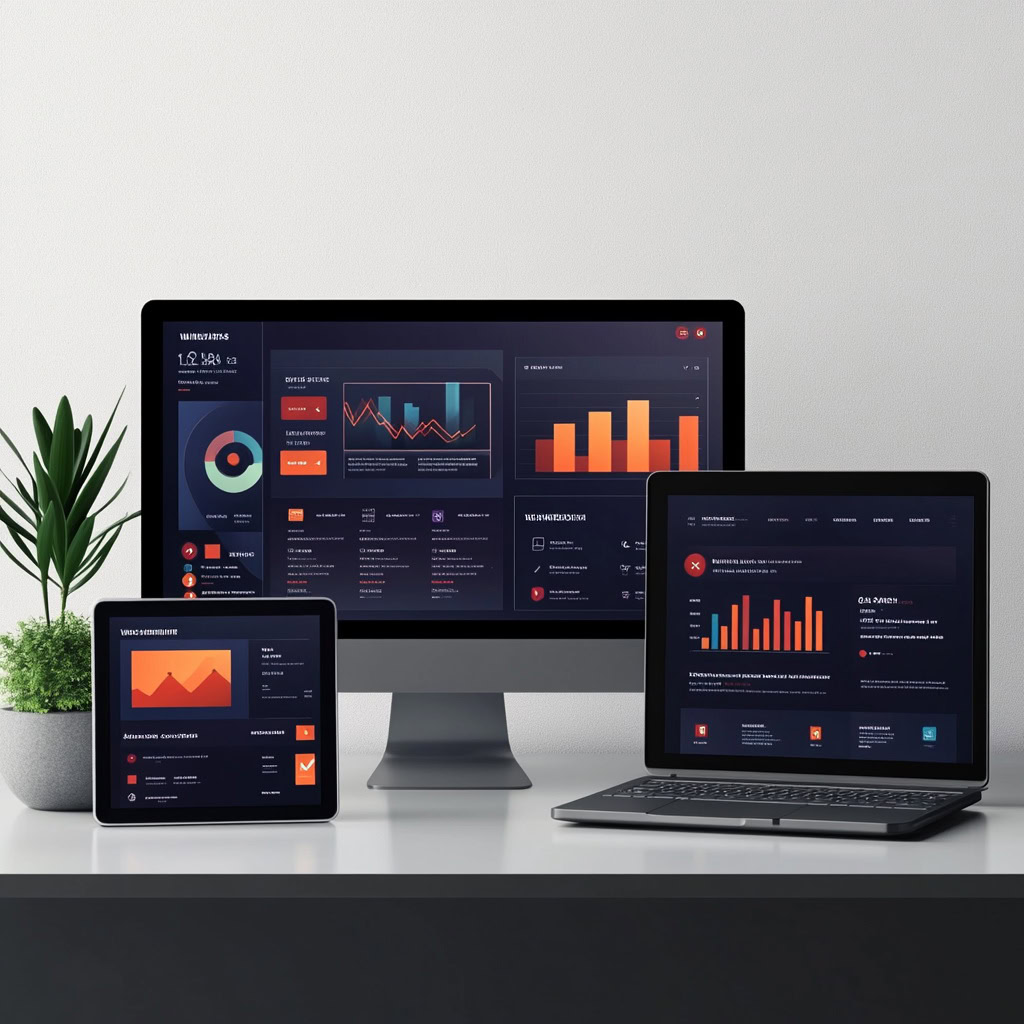In the vast and ever-evolving world of online business, on-page SEO is your secret weapon. It’s the tool that can transform your website from a digital wallflower into the belle of the online ball. But what exactly is on-page SEO, and why is it essential for your business? Let’s dive right in.
Understanding Keywords
Before we embark on this SEO journey, let’s clarify what we mean by “target keyword.” Imagine it as the digital lighthouse guiding potential customers to your virtual shores. Your target keyword is the word or phrase that succinctly encapsulates the essence of your page. It’s what your future customers type into their beloved search engines when seeking businesses like yours. For instance, if you’re running a shoe repair shop, your target keyword might be “shoe repair.”
Now, let’s uncover the 10 On-Page SEO Tips that can revolutionize your website:

- Keyword in Title Tag: Begin your on-page SEO journey by ensuring your target keyword finds its place in the title tag of your page. The title tag is the first glimmer of your content that users encounter in search results. By positioning your target keyword right at the start of the title tag, you catch the eye of potential customers. Aim for a title tag of up to 60 characters, with 50-60 characters being the sweet spot.
- Target Keyword in First 100 Words: The opening act of your content should include your target keyword within the first 100 words. This strategic placement serves both human visitors and search engines, providing a clear signal of your content’s focus. Feel free to sprinkle your target keyword naturally throughout your content, but remember, moderation is key. In a 3,000-word article, limit keyword usage to 5-6 times.
- SEO Friendly URLs: When it comes to URLs, simplicity is key. Craft concise and SEO-friendly URLs for your pages and posts. A shorter URL, containing your target keyword, tends to perform better in search engines than a lengthy one. For example, if your target keyword is “shoe repair,” opt for a URL like /shoe-repair/ rather than /learn-more-about-our-shoe-repair-services/.
- Unique Meta Descriptions: Give each page and post on your website its own unique meta description. These descriptions are the snippets that appear beneath the search result titles and offer a golden opportunity to entice users to click through and explore your content. You’ve got up to 160 characters to make it compelling.
- Write for Humans, Not Search Engines: Your content is meant to engage and captivate human beings, not just algorithms. While SEO strategies are essential, prioritize the reader’s experience. Content that’s written solely for search engines often becomes unreadable for humans, leading them to bounce back to your competition’s site.
- Make Your Content Engaging: Reading lengthy blocks of text can strain the human eye. To combat this, incorporate images, illustrations, and videos to break up your content. The goal is to grab and hold your visitor’s attention. This not only enhances the user experience but also increases dwell time – a metric measuring how long visitors stay on your page after clicking through from search results.
- Consider Search Intent: Before diving into content creation for a specific keyword, do some research. What kind of content is currently ranking in Google for that keyword? If the top 10 results don’t feature blog articles, it suggests that people aren’t looking to read articles on that topic. Always ensure that the content type you want to create aligns with the current search engine rankings.
- Internal Linking: Internal linking is the glue that holds your website’s content together. These links guide users to other relevant pages or blog posts on your site, providing additional valuable information on a particular topic. Every page or post on your website should employ internal linking. This strategy benefits both your readers and search engines.
- Scout the Competition: When you’re gearing up to create new content with dreams of conquering the first page of search results, remember to scout out your competition. One vital aspect to consider is the length of content. If the top 10 results boast an average word count of 2,500, aim to write at least that many words in your article. It’s a simple but effective way to elevate the quality of your content and improve your ranking chances.
- Make sure your website loads fast: Last but certainly not least, ensure that your website loads quickly. This is crucial for both user satisfaction and search engine ranking. In today’s fast-paced digital world, users have grown impatient. They quickly lose interest in sluggish websites. Your goal: a website that loads in under 2 seconds, ideally under 1 second. Run a speed test using tools like GTMetrix and take action if the result exceeds 2 seconds. Optimize for the best user experience.

By implementing these 10 invaluable on-page SEO tips, you’ll enhance your website’s visibility, attract more potential customers, and set yourself up for online success. Stay tuned for in-depth explorations of each tip in our upcoming posts!





